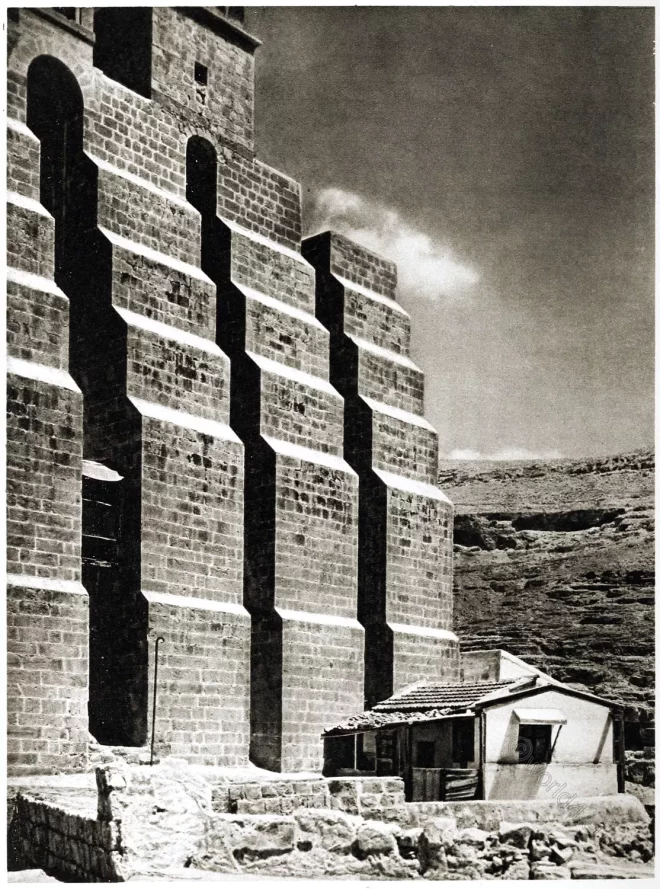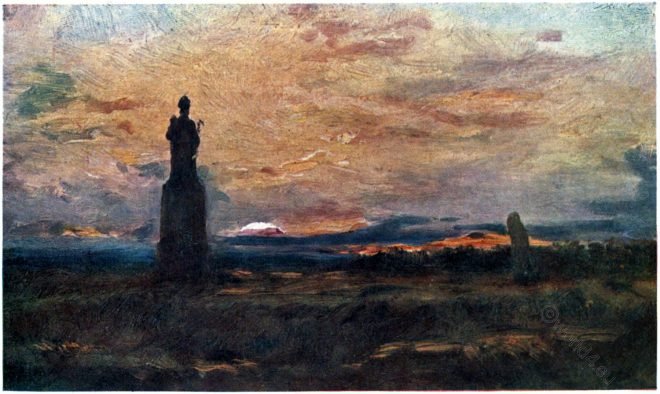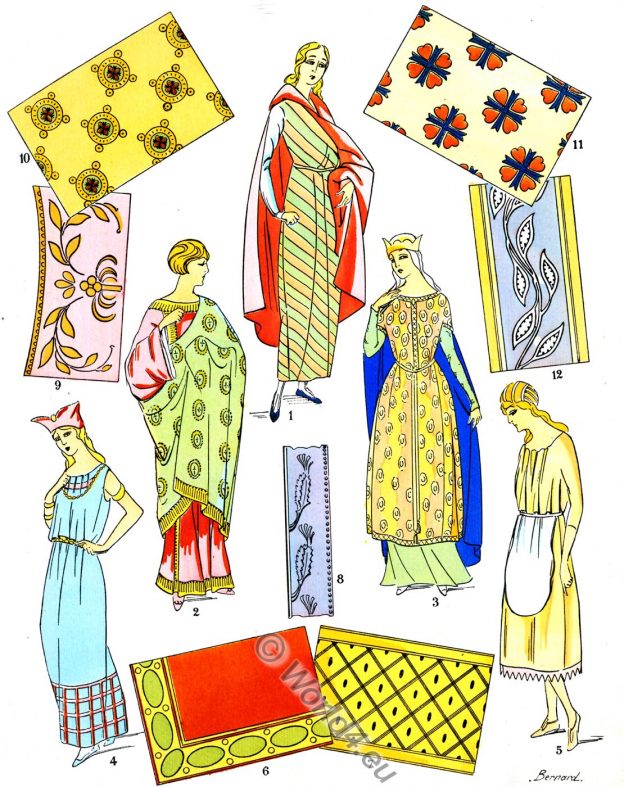Nine and a half miles, on horseback, from Jerusalem in the unique grandeur of its situation (the Wilderness of Engedi, near the Dead Sea), the Laura of Mar Saba…
Category: 5th Century
Fashion and Costumes from the 5th century . Middle ages clothing. Merowingian period
Monasteries and Cloisters as Centres of learning and Culture.
The history of monasticism reveals the fact that In every field of thought and activity this institution wrought good and evil.
Saint John and the hymn writers of Mar Saba.
Early monastic life. Mar Saba, center of earlier Greek Hymns. John of Damascus, Cosmas of Maiuma, Stephen the Sabaean
Anglo-Saxon dress, ornaments and relics of gold and bronze.
The great love of the Saxons for display in dress and ornament led to a very, remarkable development of artistic skill in fashioning and decorating articles of jewelry, which were worn by men in greater profusion than by women.
Costumes of the Byzantine Middle Class. 400 A.D. – 1100 A.D.
Byzantine costume was the dress of the world after the fall of Rome.
Byzantium. Costumes of the Eastern Roman emperor and empress.
History of Costume. Byzantium. 400 – 1100 AD. Costumes of the Eastern Roman emperor and empress.
The Byzantine Ornament of Antiquity and the Middle Ages.
The Byzantine style of art. The Romanesque style. Marble mosaic work. Examples of flowing foliage. Ornamental forms of ancient Persepolis. Ornamentation of the Middle Ages.
Byzantine. The Emperor. Greek, Latin clergy. Ascetics and monks.
Byzantine. Greek, Latin clergy. Ascetics and monks. The blessing of the Greeks and the Latins. The Emperor of the Eastern Roman Empire and the officers of his retinue. The Roman Consul. The patrician. Secular and ecclesiastical instruments.
Gallic Headdresses. Merovingian.
Gallic Headdresses. Merovingian fashion era. Part XII. – GAUL Plate 7.
Gallic fabrics and embroideries. Merovingian fashion.
Gallic fabrics and embroideries. Gaul Plate 8.










